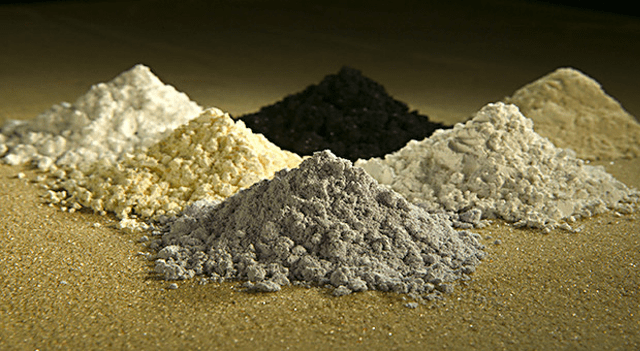Goldman Sachs has issued a warning about increasing threats to global supply chains for rare earths and other critical minerals, underscoring China’s overwhelming dominance in both mining and refining and highlighting the obstacles countries face in developing their own independent supply capabilities.
China’s Expanding Control
The alert comes shortly after Beijing expanded its export restrictions on October 9, adding five additional rare earth elements to its control list and tightening oversight of semiconductor users. The move comes ahead of the upcoming meeting between Donald Trump and Xi Jinping.
According to the bank, China is responsible for 69% of global rare earth mining, 92% of refining, and 98% of magnet manufacturing capacity. These elements are critical for industries ranging from batteries and semiconductors to AI technologies and defense applications, making them a key lever in global trade dynamics.
Although the rare earth market is valued at just $6 billion—far smaller than the copper market, which is 33 times larger—the bank estimated that a 10% supply disruption in industries dependent on these materials could lead to $150 billion in economic losses, alongside inflationary pressures caused by shortages.
Export Curbs Threaten Key Minerals
The analysis pointed to samarium, graphite, lutetium, and terbium as among the most exposed to export restrictions. Samarium, essential in heat-resistant samarium–cobalt magnets, plays a critical role in aerospace and defense technologies. Lutetium and terbium are also vital for multiple industrial applications, and their shortage could translate into notable GDP declines.
Light rare earths like cerium and lanthanum may also be targeted in future curbs, given China’s near-total dominance in refining these materials. Western producers such as Lynas Rare Earths (USOTC:LYSDY) and Solvay S.A. (EU:SOLB) could help mitigate supply shocks, the bank noted, but dependence on China remains deeply entrenched.
Barriers to Supply Chain Diversification
Many countries are trying to build alternative rare earth and magnet supply chains, but Goldman highlighted multiple obstacles — from geological scarcity to technological and environmental hurdles.
Heavy rare earth deposits are particularly limited outside China and Myanmar, and where they do exist, they are often low-grade or radioactive. New mine development typically takes eight to ten years, while setting up refining facilities can require at least five.
Even as magnet manufacturing capacity grows in the U.S., Japan, and Germany, the industry remains constrained by China’s grip on key inputs such as samarium.
Investment Implications
The bank suggested that investors could manage these risks through equity exposure in key players including Iluka Resources (USOTC:ILKAY), Lynas Rare Earths, and MP Materials Corp. (NYSE:MP). It also projected a supply deficit in Neodymium-Praseodymium Oxide (NdPrO), a crucial ingredient for magnet production.
Beyond rare earths, Goldman warned that commodities such as cobalt, oil, and natural gas are increasingly vulnerable to geopolitical disruptions, adding another layer of uncertainty to global markets.
